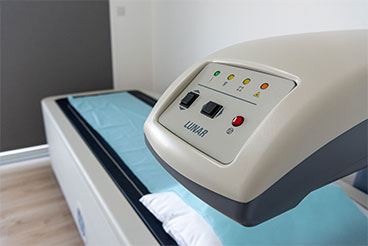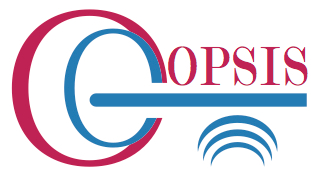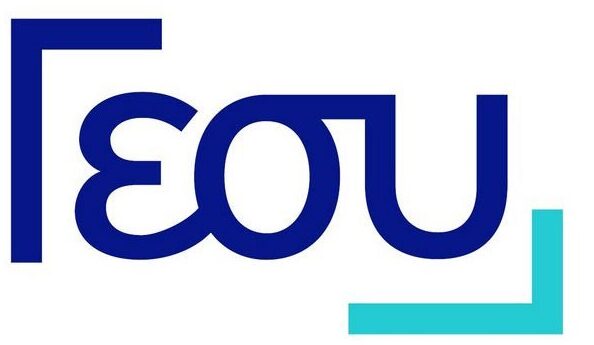
OPSIS MEDICAL IMAGING’ offers top-quality DXA (dual energy X-ray absorptiometry) assessment with exceptional precision and keeps radiation at a dose lower than average in the field of bone densitometers. This system can measure bone density in a minimum of time Minimal radiation allows patients to be re-cexamined regularly to check their response to their treatment.
The Lunar Prodigy GE, also helps you streamline your office’s patient records, keeping all necessary patient files as easy to access as possible. Also, with the use of new technology, we can identify which women are more likely to develop osteoporosis decades before the disease occurs, contributing significantly to the prevention of the disease, avoiding the serious consequences caused by an advanced form of the disease.
What is osteoporosis;
Osteoporosis is a progressive disease characterized by a thinning of bone density. The bones become brittle and there is a greater risk of causing a fracture, even without injury. Most often, osteoporotic fractures are seen on the spine, hips, wrist and shoulder.
Osteoporosis is a common condition. About one in 3 women after menopause will develop osteoporosis. In most cases, the disease is asymptomatic and the patient with osteoporosis has low bone density long before a fracture occurs.
Depending on the degree of bone loss we say that the patient has osteopenia, if there is mild bone loss and low risk of fracture or osteoporosis if there is severe bone loss and high risk of fracture.
Dexa lasts 5 minutes. It is painless. Lumbar spine and hips are usually examined.
Measurement of fat / muscle mass
Another important clinical application provided by the PRODIGY bone density measurement system is the measurement of body fat / muscle mass (Body Composition). This test determines with great accuracy the ratio of fat in relation to other tissues at a specific point or in the whole body. This innovative method is applied to overweight patients, patients with diabetes, hypertensive and cardiovascular patients, but also to athletes and healthy people, who take care of their diet and physical condition.
Who should get a bone-density scan?
- In postmenopausal women
- women older than 65 years old
- Perimenopausal women with risk factors.
- Younger women at increased risk of fracture (eg with premature menopause).
- Men older than 70 years old.
- Men 50 – 69 years old with risk factors
Risk factors
Fracture after minor injuries.
. Rheumatoid arthritis
Low body mass index.
Use of corticosteroids, thyroid medications, anticoagulants.
History of smoking and drinking alcohol.
Secondary causes of osteoporosis.
• Εndocrine disorders.
• Immobility .
Decreased intake of calcium and vitamin D
hereditary predisposition
Dexa scan must be done:
• If there is a fracture or osteopenia in the x ray of the spine
• In persistent low back pain.
• In reduction of the height -1,3 cm or more in one year
• Loss 3,8 cm from the normal height of the person
important: please provide, if any previous examinations

